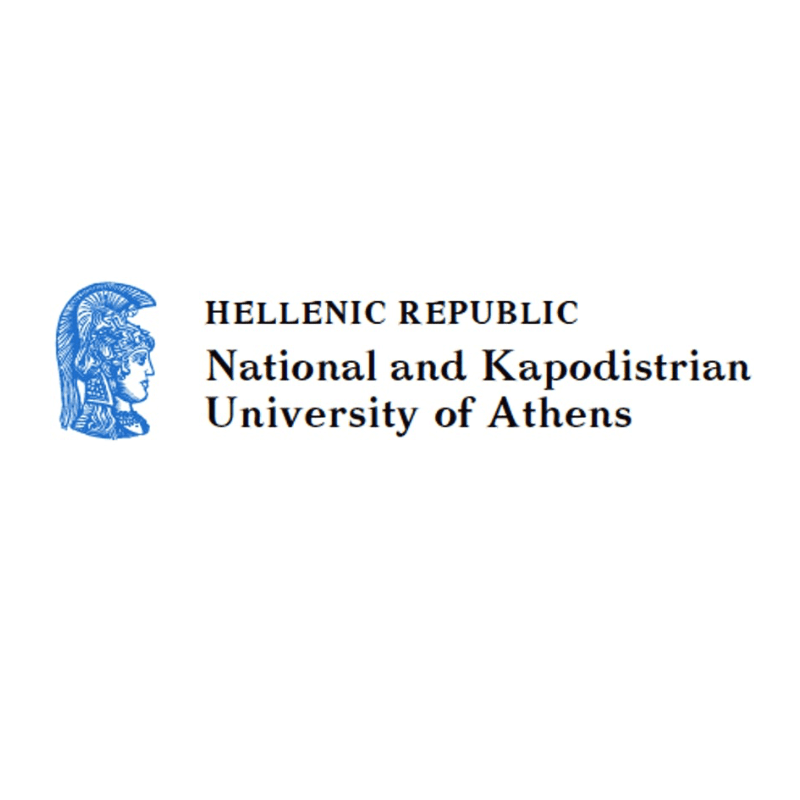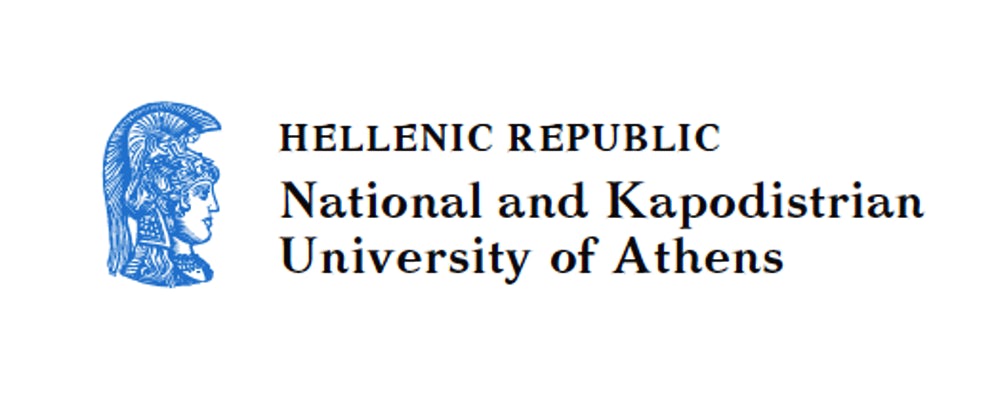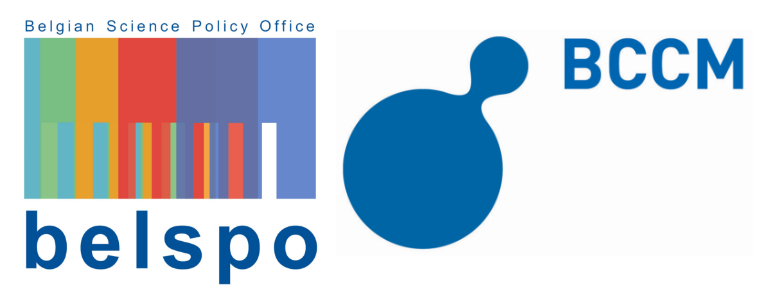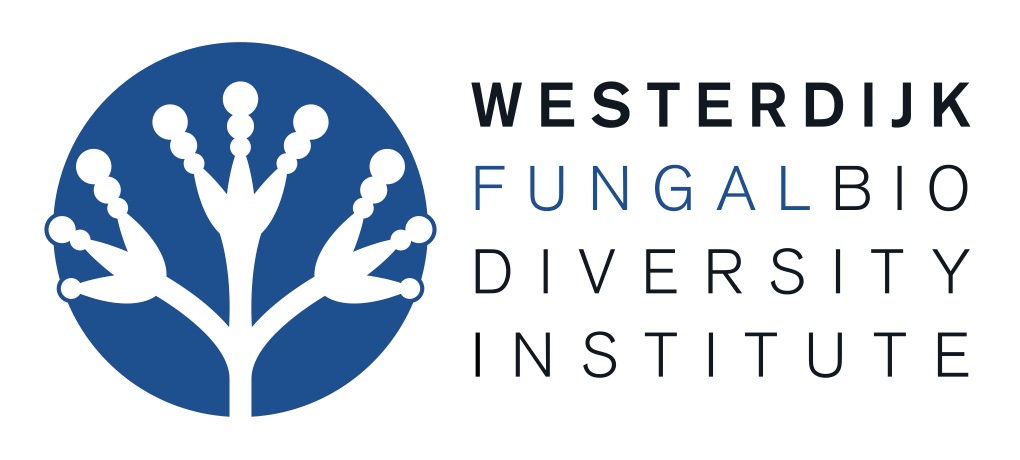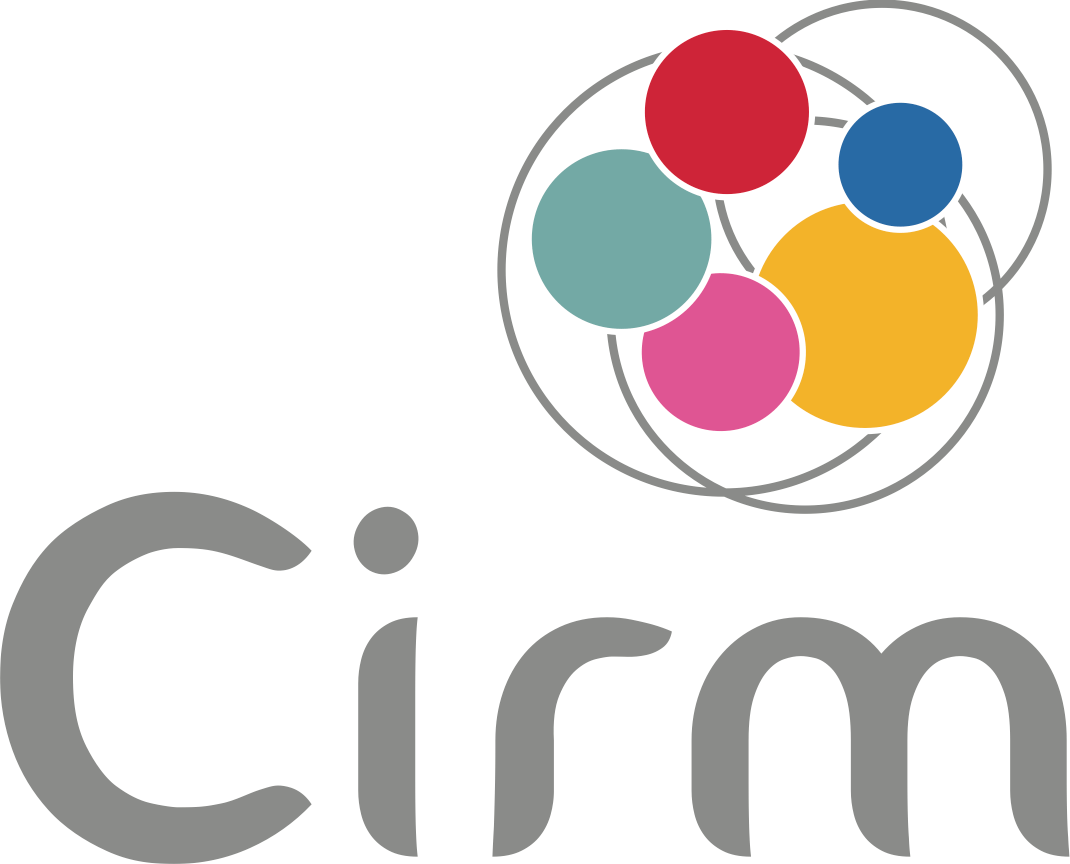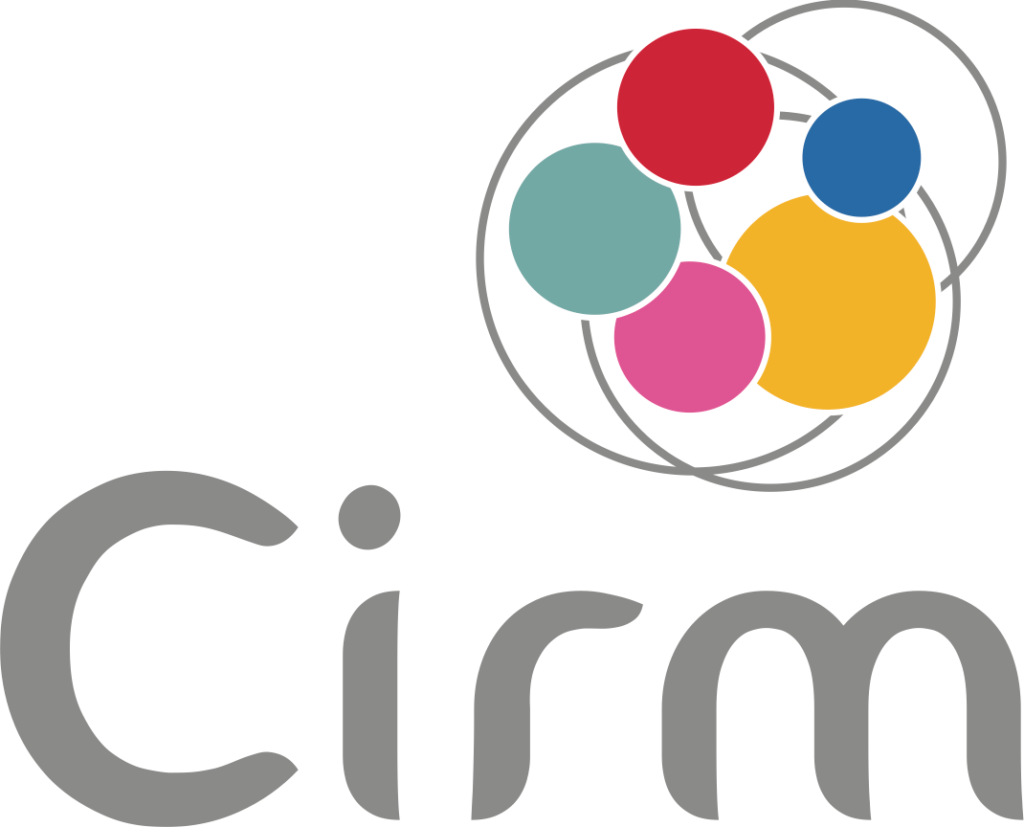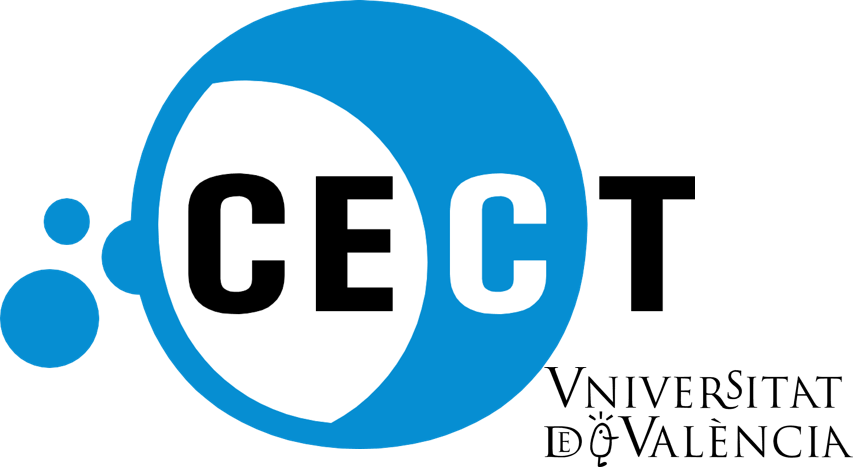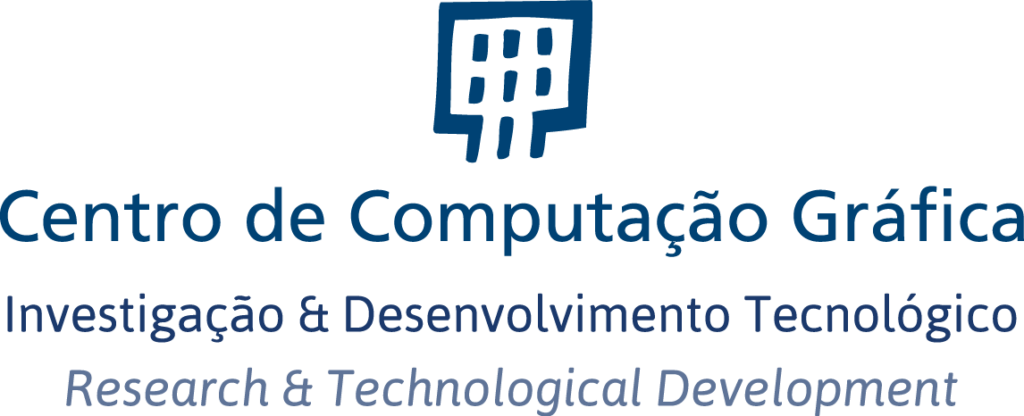
Website: www.ccg.pt
Centro de Computação Gráfica (CCG) was created in 1993 as a private, non-profit making association and a qualified entity, by the Portuguese Scientific and Technological System, to provide services of Research and Technological Development (R&TD), consulting and services to support the business innovation. Its principal mission is to promote and develop applied research and technology transfer, essentially by participating in national and international activities and projects concerned R&TD. CCG focuses on the development of activities and participation in national and international R&TD projects. In order to promote R&TD on Computer Graphics and Information Systems as areas of its basic competences, CCG also assumed the role of a centre for technology transfer from the basic research (e.g. from University of Minho labs) to Portuguese enterprises and institutions seeking for innovative products and services.
CCG is structured in four domains of applied research: Computer Vision Interaction and Graphics (CVIG), engineering process maturity and quality (EPMQ), Urban and Mobile Computing (UMC) and Perception, Interaction and Usability (PIU). Its expertise is constantly updated by participating in national and European (international) projects, the majority of them resulting on significant contributions for the state-of-the-art. CCG is a founding member of the excellence network GraphicsMedia.net, an International Network of Cooperation in Applied Research in Computer Graphics Technology and Multimodal-Multimedia Visual Interactive Digital technologies.


